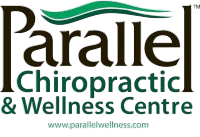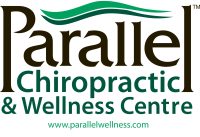Watch Your Back This Winter: Lift Right and Shovel Light to Reduce Risk of Pain and Injury
Heavy snowfall and wintery conditions, you say? Bring it on! Alberta’s chiropractors have your back.
“Snow shoveling, slips and falls are still the top reasons for back and muscle pain in the winter,” says Dr. Brian Gushaty, an Edmonton chiropractor. “Every winter, Alberta chiropractors see an increase in back injuries due to improper lifting when shoveling snow.”
This isn’t surprising when you consider that one shovelful of snow weighs three to five kilograms. Combine that weight with improper shoveling technique and it’s a recipe for pain and injury.
Alberta’s chiropractors offer the following tips to help prevent back pain and injury this winter:
- Warm up. Before beginning any snow removal or strenuous winter activity, warm up for five to 10 minutes to get the joints moving and increase blood circulation.
- Don’t let the snow pile up. Removing small amounts of snow on a frequent basis is less strenuous in the long run.
- Pick the right shovel. Use a lightweight, push-style shovel. If you use a metal shovel, spray it with a non-stick spray so snow slides of easily.
- Push, don’t throw. Push the snow to one side and avoid throwing it as much as possible. If you have to throw, avoid twisting and turning – position yourself to throw straight at the snow pile.
- Bend your knees. Use your knees, leg and arm muscles to do the pushing and lifting while keeping your back straight.
- Watch the ice. Course sand, ice salt, ice melt or even kitty litter can give your walk and driveway more traction, reducing the risk of a slip or fall.
- Wear proper footwear. Shoes and boots with solid treads on the soles can help to minimize the risk of slips and falls.
- Take a break. If you feel tired or short of breath, stop and take a rest. Stop shoveling immediately if you feel chest or back pain.
If you experience back pain related to winter activities, consult your chiropractor.






